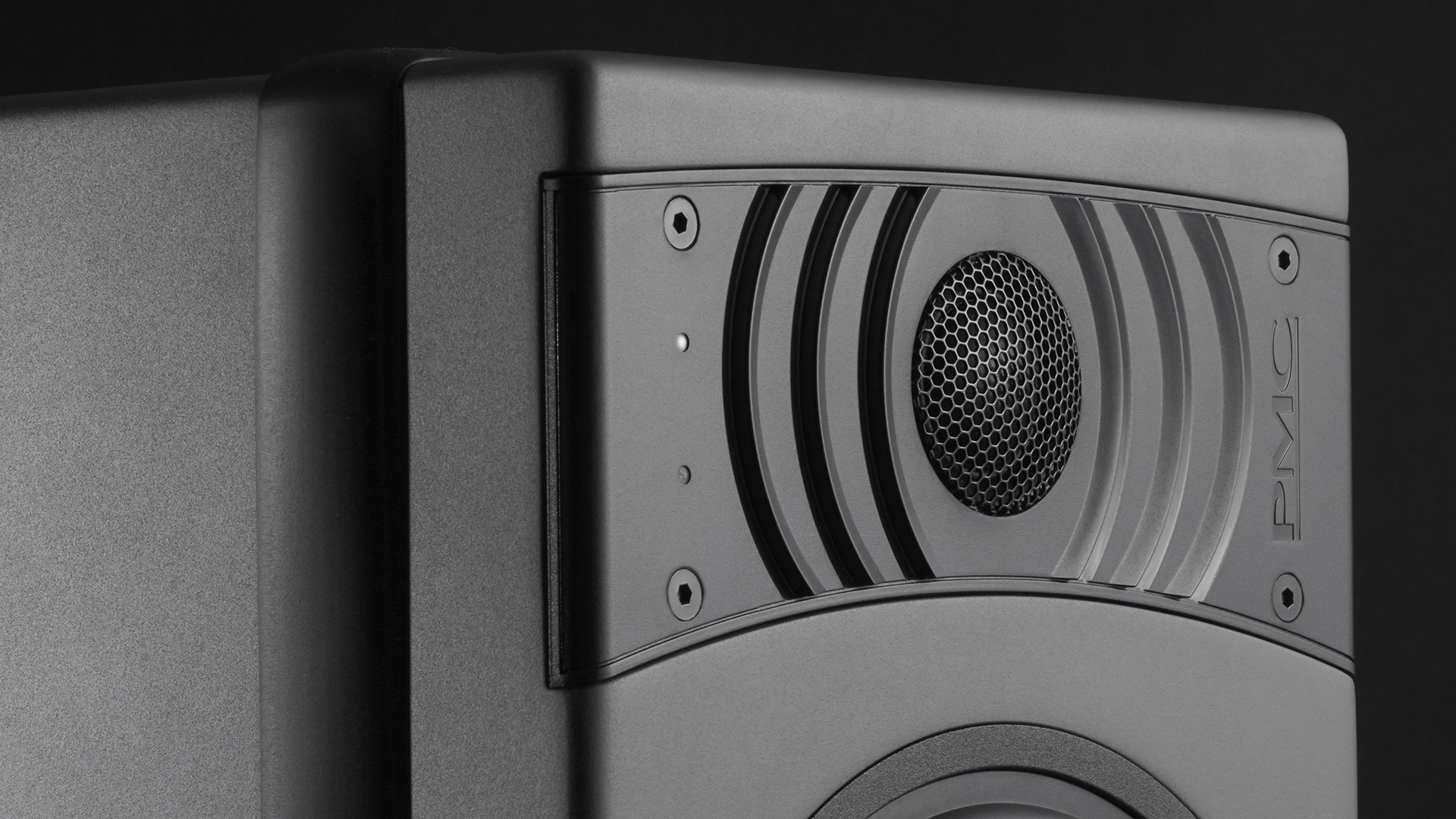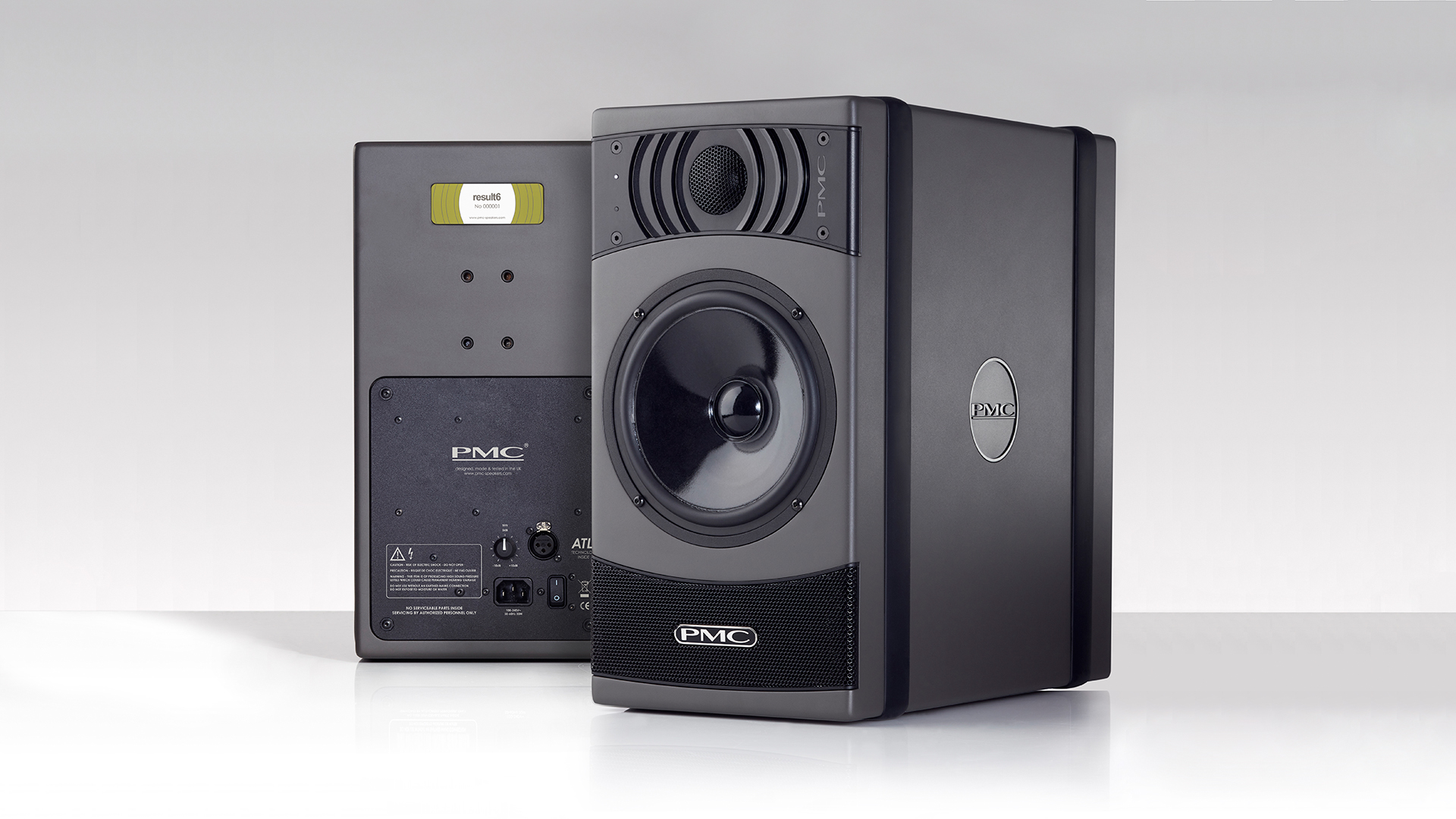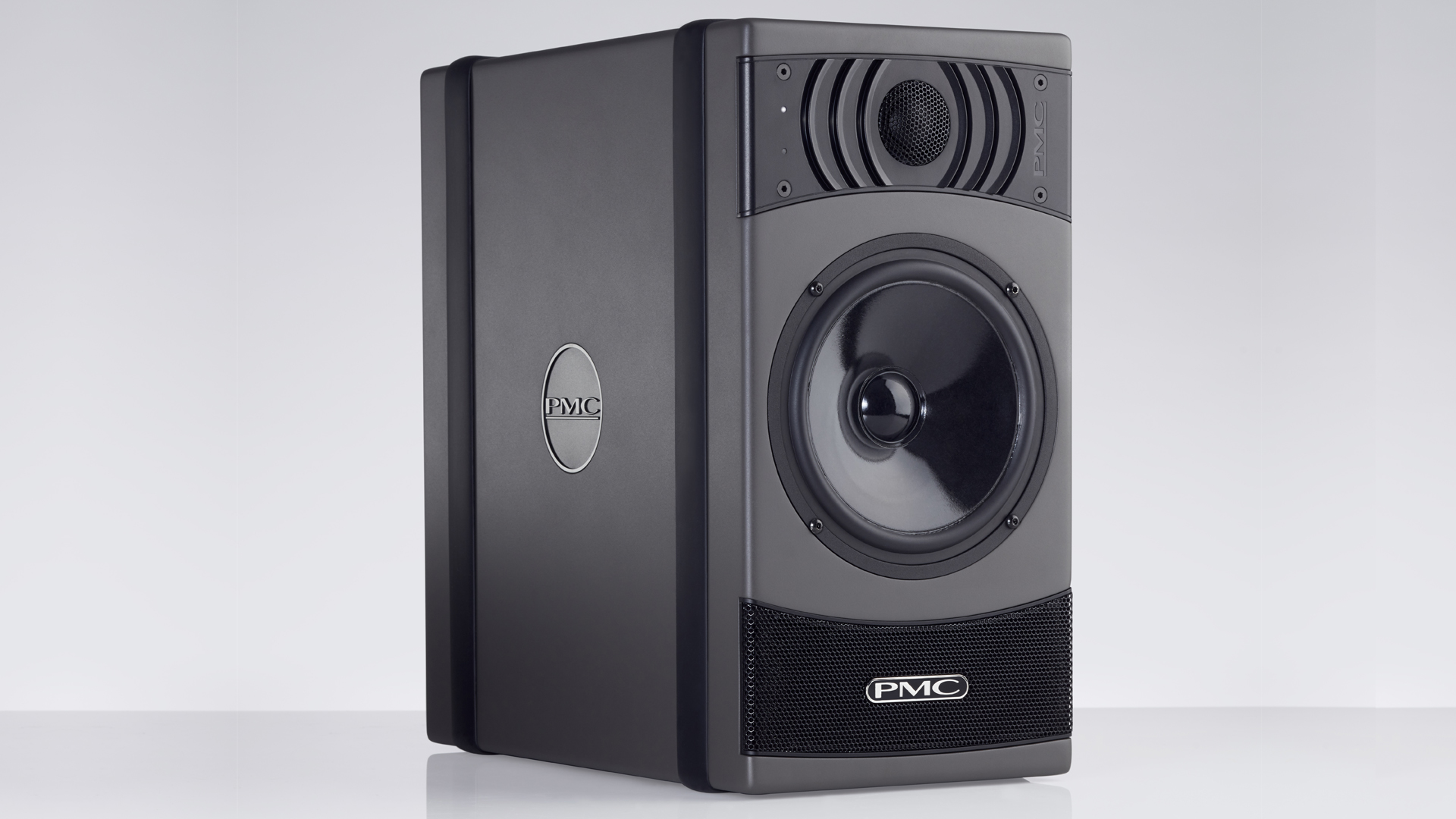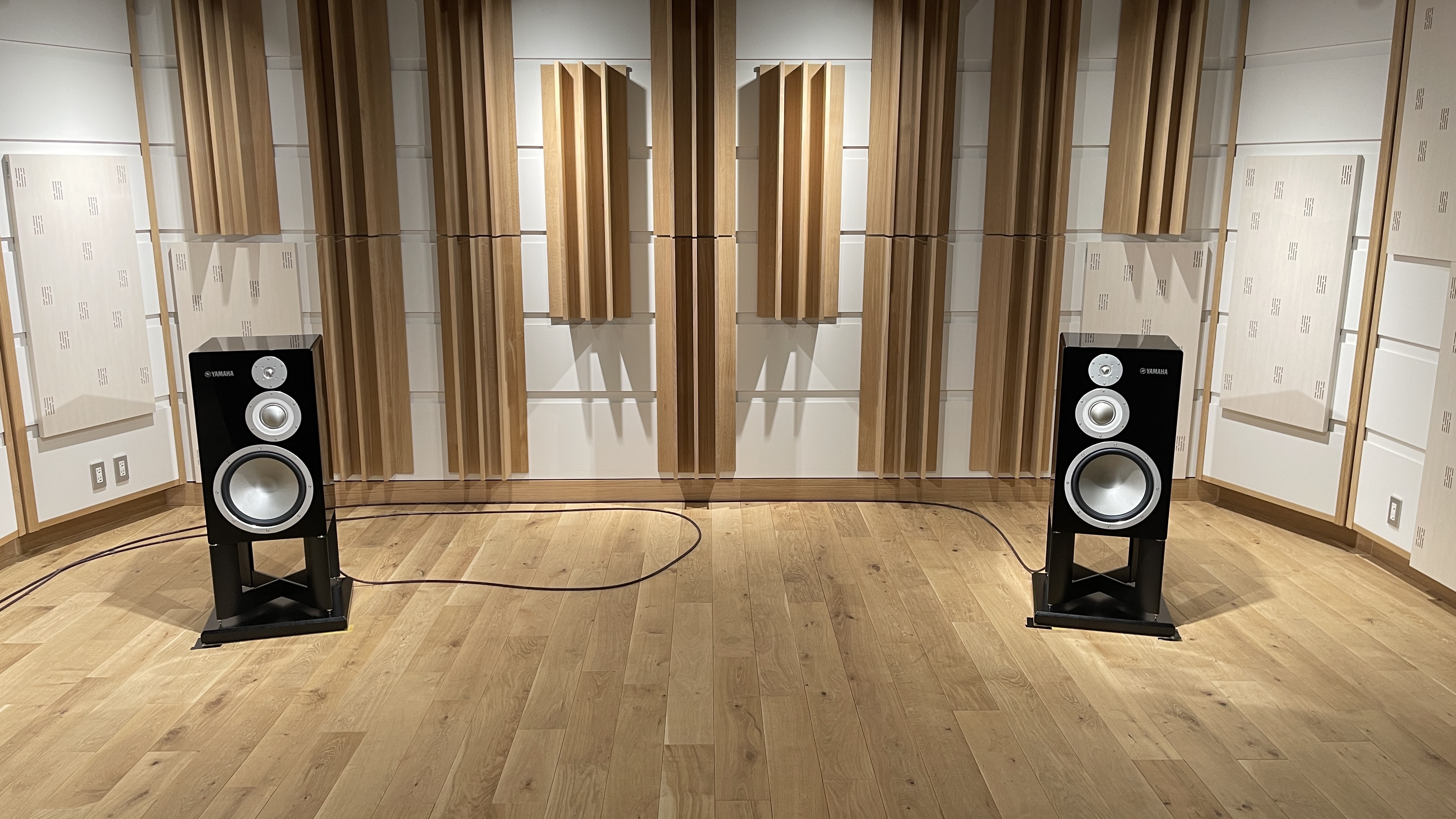What Hi-Fi? Verdict
They may have been designed for studio use, but these PMC Result6s represent excellent value for money and are a great domestic option too
Pros
- +
Detailed, balanced and punchy
- +
Easy to position
- +
Precise stereo imaging
Cons
- -
Analytical nature may not suit all
Why you can trust What Hi-Fi?
PMC is now firmly established as one of the major premium speaker manufacturers and has a long string of five-star reviews and Awards to back it up.
The brand was originally aimed at the Pro industry – the initials PMC stand for Professional Monitoring Company – with its first products going into the BBC’s Maida Vale studios.
With the Pro scene so strongly ingrained in its DNA, the company has continued to make dedicated monitors alongside its highly regarded domestic speakers. The Result6s are its entry-level studio offerings and while we don’t usually test Pro kit, there’s plenty about these speakers that suggests that they will work well in a domestic environment too.
Build and compatibility

The Result6s are two-way active speakers, but unlike many we’ve seen in recent years, they eschew complex DSP for a far more straightforward, and some would say basic, approach. PMC already has the pricier Two Two monitor range for those who want something more sophisticated, so the Result6s offer a lower entry point into the company’s world.
That doesn’t mean the ’6s are in some way a compromised effort. It’s more that PMC has had to come up with clever solutions to optimise the speaker’s performance without throwing huge amounts of money at it.
The most obvious example is the distinctive fins that flank the 27mm fabric dome tweeter. These D-Fins (as PMC calls them) are designed to minimise the distortions generated as the sound from the tweeter reaches the cabinet edges. Here it experiences a change of air pressure that causes some of the energy to be reflected back, leading to unevenness in the high frequencies. The use of the D-Fins is also claimed to improve high frequency dispersion, resulting in a wider listening sweet spot.
It comes as no surprise to find that the Result6 design uses a transmission line to improve bass response. A transmission line is a low frequency tuning technique that PMC has used from the beginning, and is claimed to offer advantages in low-end extension and maintaining a tonal balance across a wide range of volume levels.
It works by the sound from the back of the 17cm paper mid/bass driver travelling through a folded acoustically damped passage inside the speaker cabinet. As this sound travels through the transmission line only the lowest frequencies manage to reach the outside world –the damping material absorbs the rest of the frequencies– augmenting the forward output from the driver.

Crossover frequency 2kHz
Dimensions (hwd) 38 x 20 x 36cm
Impedance >8kΩ
Inputs Balanced analogue XLR, wired Pin-1 screen
Weight 8kg
Power 65W / 100W
You’ll find two Class D power amplifiers inside each nicely made cabinet. A 65W module drives the tweeter while the bass has a meatier 100W to work with. The use of Class D makes a lot of sense in a product such as this where a good power output has to be combined with a compact design and low heat dissipation.
The Result6’s build quality is good, though these speakers settle for a plain paint finish rather than the luxury wood treatment sported by most domestic premium speakers. Given everything PMC has packed in, they’re surprisingly light at 8kg, but that’s no bad thing considering that they have provision built-in for wall mounting brackets.
Two thick rubber strips wrap around the speakers to prevent them sliding on their support and, if used in their natural environment, also provide a degree of decoupling to minimise the amount of vibration fed into a mixing desk. We think the strips offer a bit of visual interest to a design that otherwise looks fairly plain.
Connectivity is limited to a single balanced XLR analogue input and mains power. Unlike many of the active speakers we’ve reviewed recently, there’s no hint of tonal EQ or any ability to fine-tune the speaker’s output for a wide range of positions. This may not be as much of an issue as it first appears, as PMC’s engineers have managed to deliver a remarkably accommodating presentation.
These are talented speakers for the money, so it pays to use a top class source and preamp. We use our usual Naim NDS/555PS music streamer and Gamut’s D3i preamp to good effect.
Sound

Given a few days to bed-in, these speakers turn in a remarkably complete performance. They’re about as detailed as we’ve heard for the price and capable of unravelling a recording with ease. Rarely do we hear speakers at this level that so readily reveal the production differences between recordings, and such is the Result6’s transparency that it becomes difficult to decide whether the qualities we hear belong to the recording or the product.
That in itself means the PMC’s tonality is spot-on. There’s no emphasis on any part of the frequency range, and the bass stays controlled even when the speakers are placed close to a back wall. We feed the speakers Massive Attack’s Angel and the low frequencies come through with punch and power. The grip at the low-end is so impressive that we doubt there’s any passive alternative that comes close, particularly at this price.
They’re fully capable of delivering high volume levels with composure, and don’t harden-up notably when pushed. Despite a refusal to sweeten any aggression or flaws in the recording (or partnering system for that matter) these speakers are pleasingly refined, sounding as clean and crisp as you like given a signal of adequate quality.
We can’t complain about the way these PMCs organise things either. They reveal a lot of information and manage to assemble it in a composed manner. They rarely sound stressed or cluttered no matter how demanding the music gets.
They’re surefooted rhythmically and can convey the momentum of music well. We like their precision with beats and ability to define the leading and trailing edges of notes.
We switch to Stravinsky’s The Rite Of Spring and the PMCs respond with a large-scale soundstage and a crisply focused image. As we move away from our favourite listening position, we notice that the Result6’s stereo presentation stays unusually consistent. It looks like that D-Fin design really works.
This recording will highlight any problem in dynamic reach, but the PMCs have nothing to worry about. They track the music’s savage dynamic shift with determination.
For the price there’s little to complain about here. They’re intended as studio monitors, so it comes as no surprise that they have a highly analytical nature. Some may want a sweeter, more delicate sound, but these PMCs concentrate on other areas. Equally there’s a case for saying their confident handling of rhythms falls a little short of sounding enthusiastic.
Verdict
But take a look at that price and think of the possible alternatives. A passive amp and speaker combination wouldn’t come close in terms of precision, grip and insight while superior active options – including those from PMC itself – tend to cost far more.
For the money, these speakers represent excellent value, and provided you can cope with the functional appearance and the need for some sort of preamp, we have no issue with giving them a firm recommendation.
SCORES
- Sound 5
- Compatibility 5
- Build 4
MORE:
See all our PMC reviews
What Hi-Fi?, founded in 1976, is the world's leading independent guide to buying and owning hi-fi and home entertainment products. Our comprehensive tests help you buy the very best for your money, with our advice sections giving you step-by-step information on how to get even more from your music and movies. Everything is tested by our dedicated team of in-house reviewers in our custom-built test rooms in London, Reading and Bath. Our coveted five-star rating and Awards are recognised all over the world as the ultimate seal of approval, so you can buy with absolute confidence.

